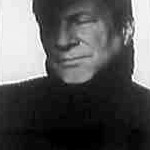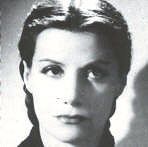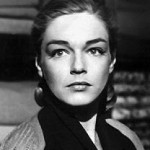2023 France/2024 US/1h 56m
“The Goldman Case” functions as a tense, often-tumultuous courtroom drama, which is based on a true story. At the same time, the film delves into a turbulent period of modern French history – the late 1960s and 1970s – grappling with political, cultural and social-justice issues as it renders an even-handed portrait of an intellectual/self-described revolutionary/criminal agitator.
That agitator is French far-left activist Pierre Goldman (Arieh Worthalter). His parents (both Polish) were members of a branch of the French Resistance in WW2; after the war, his mother returned to Poland and Pierre was raised primarily by his father in France. At 19, Pierre became a communist and over the next several years spent time in Cuba and Venezuela, where he was involved with guerrilleros. He was part of the Royal Bank of Canada robbery in Venezuela in 1969, but was not identified and returned to Paris.
He continued his criminal activities and was given a life sentence in 1974 after being convicted of a robbery in which two pharmacists were killed. He denied having committed that robbery (although he’d admitted to three other, earlier robberies and had received a 12-year jail sentence).
While in prison, he wrote a book about his case, “Souvenirs obscurs d’un juif polonais né en France” (“Obscure Memories of a Polish Jew Born in France,” 1975), which caught the attention of Simone Signoret, Jean-Paul Sartre and others, and Goldman became a cause célèbre.
Because of the publicity and emerging questions about the police work, Goldman is granted a retrial. In the courtroom, Goldman frequently disregards protocol and speaks out of turn – arguing his cause, criticizing the proceedings (angrily explaining, for example, why he sees character references as pointless) and asserting racism by the police. His outbursts spur cheers from his many supporters in attendance. Though the judges don’t sanction him (no “order in the court!”), his seeming bent on self-destruction frustrates his defense team.
As various witnesses testify and we learn more about Goldman, his family, his relationships and his mental health, we’re unsure from minute to minute as to his innocence or guilt regarding the murder charges. The rousing speeches from passionate lawyers on both sides and the sometimes-arcane idiosyncrasies of French legal proceedings add to the tension. Confining most of the action to the gloomy, harshly lit courtroom creates a pervasive sense of claustrophobia.
Ably directed by Cédric Kahn (he wrote the screenplay with Nathalie Hertzberg), the acting is solid throughout and it’s hard to take your eyes off Worthalter, who fully inhabits the fiery, ferocious Goldman and brings to life a character and a case that remain fascinating and disturbing long after the film ends.
“The Goldman Case” opened Sept. 13 in Los Angeles and is playing in select theaters nationwide.














From FNB readers